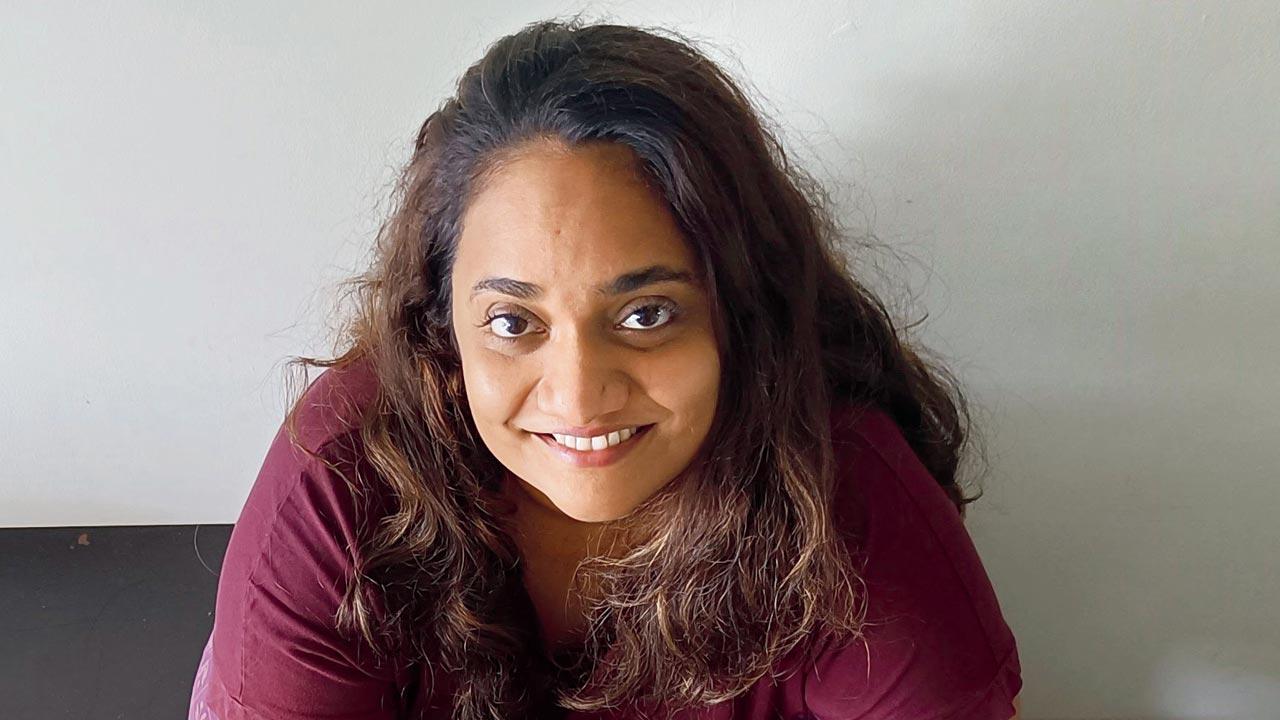A Mumbai-based research and publication initiative is trying to engage the common man with built environment and heritage through personal stories

The precursor to The People Place Project was People Called Mumbai, their first mapping venture, which culminated into a book. By 2017, the year the publication initiative was formally instituted, they wanted to extend that framework to other cities
There is a lacuna in the space of architectural publishing in our country,” says Nisha Nair Gupta, architect, journalist and founder-curator at The People Place Project, a publication and research initiative engaging with text to create readings or re-readings about cities and communities. “Either you have profiles of architects or you have essay-based work with experts talking about certain issues. But these conversations are peer to peer, and not those with a larger audience. We have little architectural appreciation as a society, which is still visual and historical,” she informs, pointing to a gap in the Indian media that the initiative is operating within.
ADVERTISEMENT
Launched formally in 2017, The People Place Project had its beginnings in The People Called… series which took recourse in the narrative journalistic mode of writing, using people and personal stories to delve into the history and socio-cultural fabric of places, dedicating books to Mumbai, Ahmedabad, Lucknow, Delhi and Shillong among others. “The person became a window to look at the city’s story,” says Gupta. “We all embody a collective story of where we live.”
 Nisha Nair Gupta
Nisha Nair Gupta
The initiative has also collaborated with the Mumbai Metropolitan Region – Heritage Conservation Society (MMRHCS) to build a series of heritage handbooks with heritage experts, the project being a way of adding to the heritage maps they collaborated on previously, creating a complete toolkit of a map and a guidebook for the heritage enthusiast. “Heritage in the books is not just tangible heritage,” says Gupta. “We are looking at intangible forms also, like food and community ways of life.” Other than an already available book on the Mumbai Fort, there are four subsequent books currently in development on Vasai-Virar, the western suburbs, Thane and the Mumba Devi and Dongri area with experts like Pascal Lopes, Minaz Ansari and Dr Suraj Pandit contributing. It’s scheduled for release in late 2022 and early 2023, with plans to add more in the future. While The People Place Project functions as the publisher who creates the overall ethos and structure of the project, it is the heritage experts who are the authors of the books, Gupta points out. Moreover, although part of a series, each book is different, presenting heritage with a novel understanding. In the book on Fort for instance, heritage is understood through buildings because of the area’s large concentration of heritage structures harking back to colonial times. These provide a very tangible evidence of history. “When you move towards the Mumba Devi-Bhuleshwar area, the narrative is no longer about the information about a building. It becomes a more precinct-based, community-oriented narrative.” Again, while Thane sees stories of the contesting of the heritage value of properties emerging, Bandra, she says, has its own distinct understanding of heritage which is not just architectural, but also through food, music and a certain kind of lived inheritance. Vasai-Virar, on the other hand, still has a semi-rural lifestyle, so heritage in that context becomes something distant. “The Portuguese Fort might not mean anything to Vasai villagers, but might mean something to the Vasai Koliwada residents because they use it for drying their fish and other such public activities,” she says highlighting the changing meanings and roles of structures that they are trying to capture in the narrative. “It’s not just an information booklet; there is also a stimulation to ask things, like whom does this heritage truly belong to or what are the questions beyond aesthetics that concern it.”
The People Place Project also has other initiatives like the City Mosaic series where interpretative art and stories are used as ways of educating children; Building Sense which looks at everyday architectural typologies like the house, the school, the railway station, and the marketplace, along with other forms like postcards and downloadable novels with empty call outs so a child can build his or her own story. “All these projects are talking about understanding our built environment and the people who inhabit it more intimately and empathetically.”
 Subscribe today by clicking the link and stay updated with the latest news!" Click here!
Subscribe today by clicking the link and stay updated with the latest news!" Click here!







